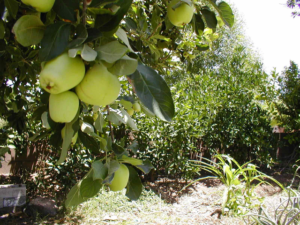 I’m starting a new monthly feature, thanks so the incomparable Greg Peterson our famous local urban farm brainiac. This is your urban gardening tip for July 2017.
I’m starting a new monthly feature, thanks so the incomparable Greg Peterson our famous local urban farm brainiac. This is your urban gardening tip for July 2017.
I’m a fan of urban gardening for many reasons:
- I want to grow more tasty food!
- We are using billions of gallons of water on trees and plants in our urban areas that don’t produce food. By changing our approach just a little, we can feed more folks healthy food and improve the world.
- I like learning things –although my success as an urban gardener thus far is debatable
So, having said that, here’s your Gardening Tip for July 2017:
Urban Fruit Trees:
Bounty for the Lazy Gardener
by Greg Peterson
My favorite plant to nurture at the Urban Farm is the fruit tree, it appeals to the lazy gardener in me, as I can plant a tree once and reap the bounty for many years to come. The selection of fruit trees that you can grow is vast — peaches, apples, apricots, plums, pears, citrus not to mention all the tropical fruits you might enjoy.
Discovering just what works for you and how to pick the perfect fruit trees for your yard can be perplexing and growing fruit trees in an urban area is significantly different than rural orchard growing. In rural areas a commercial orchardist would have the tools, trucks, tractors and space to grow fruit and grow a commercial harvest. As urban dwellers we often lack these tools and time it takes to manage large trees, which often take up 400 to 600 square feet and literally fill up yards.
Most urban farmers do not need or expect commercial results from their urban orchard. A commercial grower would never consider using his methods on a small lot, so why not develop urban methods?
A few years ago my friends over at Dave Wilson Nursery created a concept they call ‘backyard orchard culture’ or urban orcharding (for this article we will call it ‘the technology’) a process designed to help keep our trees small. Small trees are: easier to pick, prune and manage; allow for high density planting with more different varieties in the same space of a large tree; and offer what is called successive ripening.
The benefits of keeping a fruit tree small start with ease of management. Most logically this makes the trees easier to pick without having to get a ladder or some other height-stretching tool we might have. Additionally, this also makes the tree easier to protect from birds and other predators. Netting the trees is an option, however never use bird netting as it tangles in the trees and will actually catch and kill birds. My suggestion is to use tulle, a fabric found inexpensively in fabric stores. This protects your fruit harvest without doing damage to the tree and wildlife. My friend Jenny actually completely covers her apricot tree and brings it up, under the canopy and attaches it a little bit up the trunk. This creates a dip in the tulle where falling fruit is caught; she then puts a small slit in the tulle that she closes with a clothespin. This gives her easy acess to open and harvest her bounty. Ingenious I say.
Additionally small trees offer us the ability to put more trees in the same space as one larger tree. At one point at the Urban Farm I had 12 trees planted in a small orchard that previously housed one large tree. Multiple trees planted in a small area is accomplished by planting trees closer together. I have found that the perfect size tree is 6 to 8 feet tall and 6 feet wide. Using this logic planting trees 6 feet apart will give you a nice hedge if you put them all in a row. I often use this method to create front yard fences along the sides and sometimes the front of the property. You would be amazed at how much privacy a front yard fruit hedge provides. In the Dave Wilson Nursery document linked at the bottom of this article they cover more ways to increase your planting density.
Successive ripening is by far the best reason however to keep your trees small. With successive ripening you are selecting different varieties of a type of fruit that will ripen at different times. By using this method in conjunction with keeping your trees smaller you harvest a smaller amount of fruit off of each tree but have more trees to harvest fruit from at different times. You are effectively extending your harvesting season for the same kind of fruit.
Here is what it looks like. In Phoenix I choose a Desert Gold Peach, which ripens mid May, a Tropic Snow Peach that ripens early June and a Mid Pride Peach that ripens in late June. This means that instead of being able to harvest one crop for two to three weeks I can harvest three crops over 9 to 12 weeks.
Now that you have a basic understanding of urban orcharding you need to be aware of one major factor in growing fruit. I call it the Fruit Tree Secret that most nurseries don’t want you to know, primarily because corporate sends them trees that will never produce fruit in your climate. AND they have to sell these trees.
The secret is called chill hours. Fruit trees in the stone fruit (peach, apricot and plum) and pome fruit (apple and pear) families require a minimum number of chill hours to set fruit. Chill hours are considered temperatures between 32 and 46 degrees and occur between October and February. Your first step in fruit tree ownership is to determine the amount of chill hours that you get in your area. To do this, contact your local nursery or cooperative extension office.
Here in the Valley of the Sun we receive on average 350 hours of chill, so we need to make sure that any fruit trees planted, require less than 350 hours of chill. Planting a fruit tree that requires more than 350 hours may or may not produce fruit.
The simplest way to determine chill hours of a tree is to look at the tag on the tree – it will say how many chill hours are required – if it doesn’t and you don’t know – DON”T BUY THE TREE. I know because I did this two decades ago. The peach tree was offered at a screaming $6.99, we couldn’t pass it up so we adopted the tree and planted it. Fifteen years and zero peaches later I had to pay someone to remove the tree. That is a hard lesson that you don’t have to repeat.
In 1975 when I was 14 years old I planted my first 3 fruit trees at my childhood home. 13 years later I planted my first urban orchard and by 1999 other people were curious how to plant their own fruit trees. I was frustrated by the lack of information that was available to assist me in doing this. So I started offering classes in my living room at the Urban Farm to teach people how to grow their own.
That same year I contacted a local nursery wanting to purchase 50 fruit trees and they were unreceptive to giving me a discount. So I reached out to Dave Wilson Nursery in California, they were perfectly happy to sell me trees at wholesale. I had to purchase 100 fruit trees, which I did and the Urban Farm Fruit Tree Program was launched. The program has been offering community classes, education and fruit trees every year since and has distributed more than 10,000 fruit trees in the Phoenix Metropolitan Area.
If you live in Arizona you can participate in classes and purchasing fruit trees. If you live worldwide you can participate in our online classes. Either way please visit our fruit tree program page at https://www.urbanfarm.org/fruit-tree-program/ for more details on the program. If you are inspired and would like to create a Fruit Tree Program for your area email me at Greg@UrbanFarm.org
Above all enjoy planting your own urban orchard and reaping the fruits of your labor.
Happy Fruit Tree Planting
Gardening Tip for July 2017
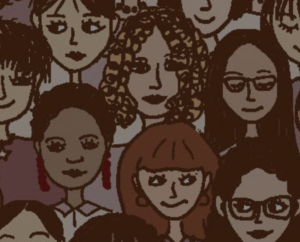 The idea is to break down the barriers women face and help them succeed. Have a look and share this resource with your friends who own, or who are starting, their own businesses.
The idea is to break down the barriers women face and help them succeed. Have a look and share this resource with your friends who own, or who are starting, their own businesses.

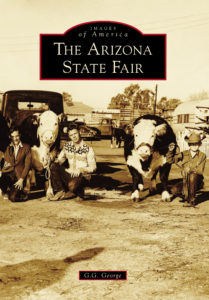

 In reality, its a pretty cool idea. Individuals, organizations and sometimes governments use temporary materials to transform specific urban areas as a way to show how spaces could be improved positively for the long-term. A very informative website on
In reality, its a pretty cool idea. Individuals, organizations and sometimes governments use temporary materials to transform specific urban areas as a way to show how spaces could be improved positively for the long-term. A very informative website on 

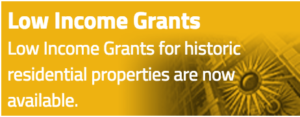



 I love living in Phoenix and I don’t want to wake up one day to find that we have lost the battle to balance our desire to live in the desert with the desert’s ability to sustain life here.
I love living in Phoenix and I don’t want to wake up one day to find that we have lost the battle to balance our desire to live in the desert with the desert’s ability to sustain life here.
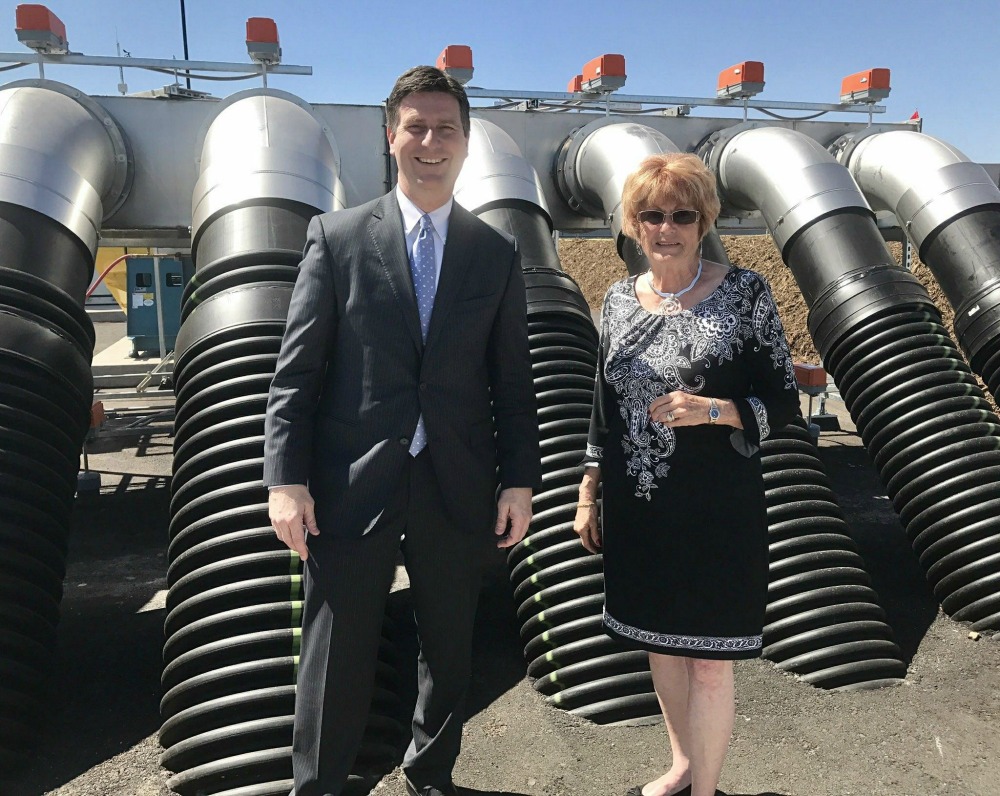
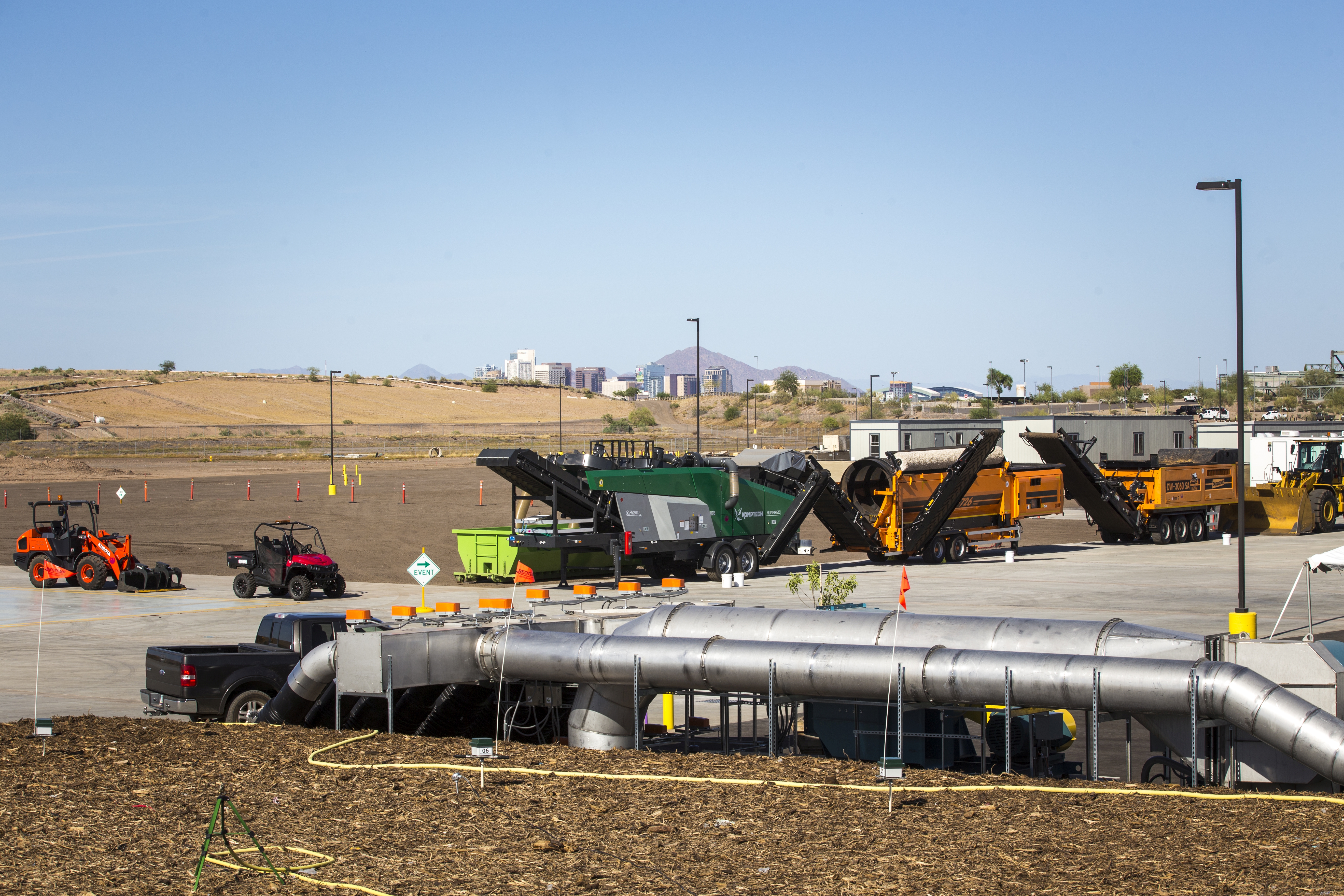 One of the new programs that I found particularly engaging was the mayor’s efforts to create an innovation zone around the city land fill, of all places. In addition to creating a space for small businesses to redirect city waste, such as uncompostable palm fronds, toward innovative industrial uses.
One of the new programs that I found particularly engaging was the mayor’s efforts to create an innovation zone around the city land fill, of all places. In addition to creating a space for small businesses to redirect city waste, such as uncompostable palm fronds, toward innovative industrial uses.